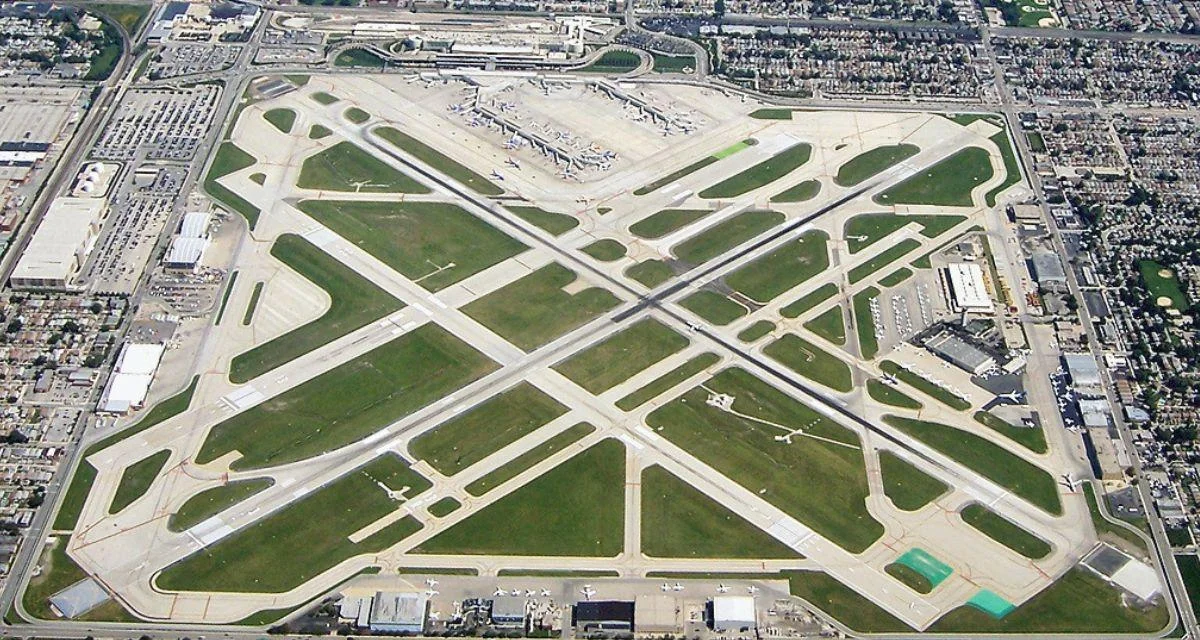The airport’s prominence declined after O’Hare opened for passenger service in 1955. Airlines moved operations to O’Hare due to its longer runways and larger capacity. Despite periods of renewed activity—such as United Airlines returning briefly in the 1960s—most major carriers eventually left Midway again by the early 1970s.
Deregulation of the airline industry in the late 1970s brought new opportunities for smaller carriers at Midway. The founding of Midway Airlines in 1979 marked a shift toward low-fare service targeting underserved cities. Southwest Airlines established itself at Midway in the early 1990s, significantly increasing daily flight frequencies.
In recent decades, substantial redevelopment has modernized Midway. A new terminal opened in 2001 with expanded ticketing areas and baggage claim halls. International flights resumed in 2002 following construction of inspection facilities. Safety improvements included engineered arrestor beds on runways to prevent overruns.
Further upgrades were implemented through initiatives like the Midway Modernization Program announced in 2015, which widened security checkpoints and introduced new amenities such as The Club MDW lounge.
Today, more than 20 million passengers use Midway each year. The airport connects Chicago to over 80 destinations—about 75 domestic and nine international—including cities like Cancun, Guadalajara, Toronto, Phoenix, Las Vegas, Denver, Orlando, Dallas, New York City, and Los Angeles.
Southwest Airlines is by far Midway’s largest operator; according to Cirium data it is scheduled to operate over 69,000 flights from there in 2025 (https://www.cirium.com). Other airlines serving Midway include Frontier Airlines (2,347 scheduled flights), SkyWest Airlines (1,950), Volaris (1,521), Delta Air Lines (1,443), Porter Airlines (615), Allegiant Air (409), Endeavor Air (153), and Avelo Airlines (3).
Delta remains the only major U.S. carrier with mainline scheduled operations at Midway; most other traffic comes from low-cost or regional operators.
While not matching O’Hare's scale or long-haul reach—and sometimes facing congestion during peak periods—Midway appeals especially to those seeking convenience: shorter lines at security checkpoints and quicker access between terminals make it suitable for business trips or family travel requiring speed over extensive connectivity.
Ongoing modernization efforts continue enhancing passenger experience with updated facilities and streamlined processing options such as TSA PreCheck lanes and Automated Passport Control kiosks for American and Canadian passport holders.
For millions each year who value proximity to downtown Chicago along with efficient domestic connections via Southwest's network—the largest within that airline’s system—Midway remains a practical alternative for air travel into or out of Chicago.
 Alerts Sign-up
Alerts Sign-up





































